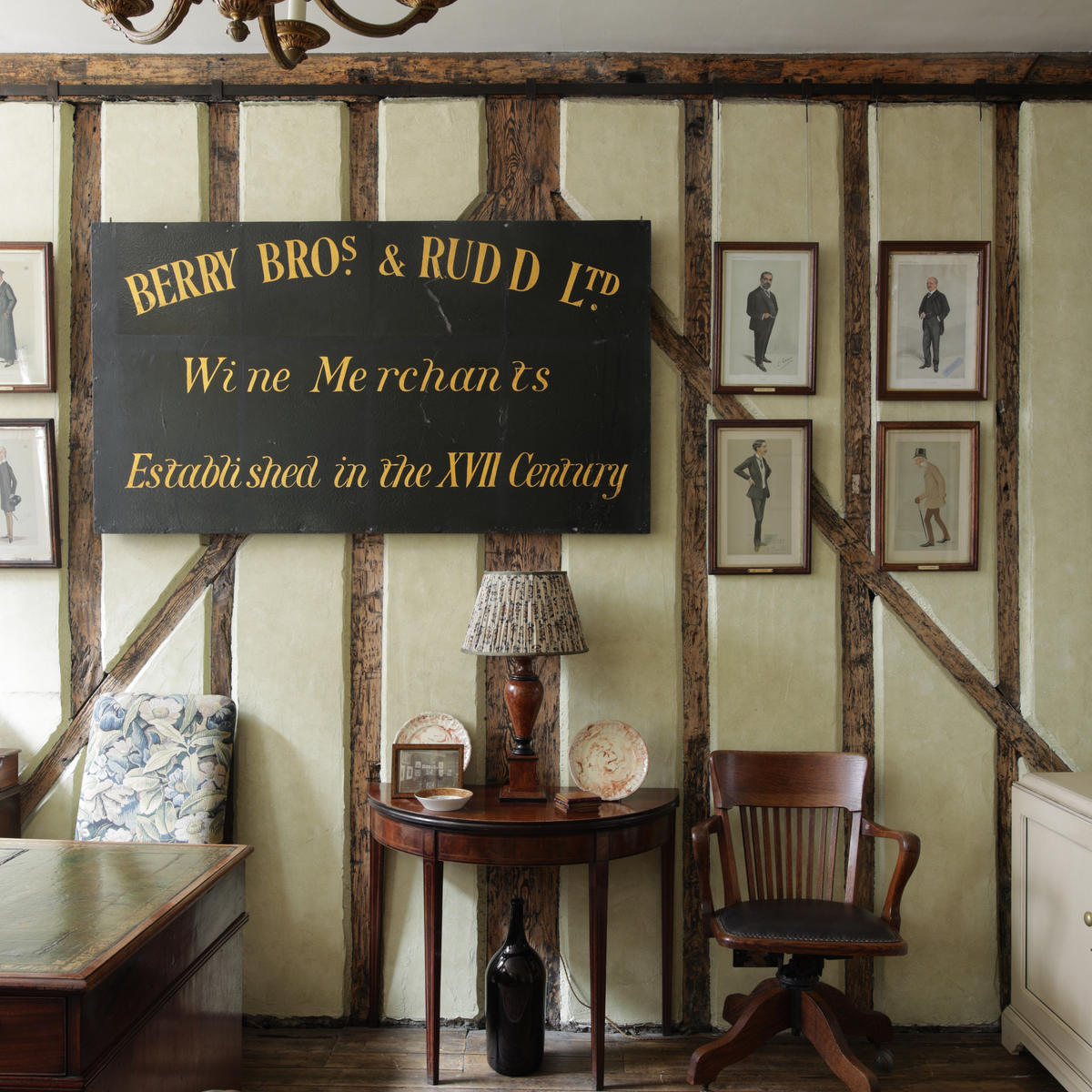Berry Bros. & Rudd then and now: the role of the merchant
Author: Henrietta Gullifer

As we celebrate our 325th anniversary this year, we’ve been looking at what has changed in those three centuries. Examining various parts of our business, we explore how things are different now and what we might see in the future.
In the second part of this series, Henrietta Gullifer explores the role of the merchant and how our customers have changed – and their evolving expectations.
When we started this blog 16 years ago, our then Chairman, Simon Berry, reflected on the changes the wine business had seen over the preceding decades. He reflected that “evolution is the life-blood of success” and change is certainly an important part of keeping a 325-year-old family business alive.
One of Berry Bros. & Rudd’s strengths has been evolving with the times, while maintaining the quintessential charm that makes it what it is. Whilst the business has seen many adjustments over the years, there is something comforting about seeing Hine Cognac on a price list from 1909 and knowing that both businesses are not only still thriving but still working together 120 years later. This consistency over the years has kept us at the forefront of the industry and as one of the most trusted wine and spirit merchants.
Changing priorities
Yet change is also an important part of Berry Bros. & Rudd’s history. In 1994, we launched the first website of any wine merchant. Then in 2010, we launched our fine wine exchange, BBX. In 2016, we opened our new London Shop at Pall Mall with more wines on offer for customers than ever before. This was all while maintaining our historic home at No.3 St James’s Street. One of the fundamental keys to our success has been knowing what should change and what should remain the same.
Over the past 10 years, our priorities have changed and more importantly, so have those of the wine enthusiast and collector. There is an increased demand for sustainability and organic wines. Tastes are shifting and diversifying our customer’s cellars. We’re also delighted to see ever-increasing numbers of young and female collectors.
Demand and supply
How does a 325-year-old wine merchant respond to these shifts? A wider customer base means making tweaks, to ensure a wider reach. More services are being offered online than ever before. We’ve launched our Cellar Manager app to help customers review their cellars more easily. We are also on Facebook, Twitter, Instagram and LinkedIn.
That said, for those who still like to order their wines by phone or even sometimes by letter, we still have our dedicated (and very friendly) Customer Service team. We are adamant that human contact and experience is crucial to our success and at the heart of our service.
Eclectic cellaring
Claret once made up 90% of the average cellar. That is no longer the case. A balanced collection nowadays includes a healthy proportion of classic staples such as Burgundy and Champagne but also a selection of Italian, Australian, American and even Chinese wine. Customers are more adventurous and willing to take a gamble on a bottle of vintage Calvados or a Californian Syrah. It’s remarkable that even 20 years ago, Beaujolais wines were consigned to some low shelf in the supermarket – all wines from the region tarred by the brush of Beaujolais Nouveau. Whereas today, our Own Selection Beaujolais-Villages is one of our bestsellers.
Even the more traditional winemaking regions are adapting to changing tastes. For example, heavily oaked white wines are falling out of favour; winemakers are responding. Regions once known for considerable oak influence are now reining in their barrel-ageing efforts. Acidity and freshness are just as important and every bit as valued as richness. We have adapted to these changing tastes with a plethora of producers joining our range over the past 10 years. Notable additions include Racines, whose Californian whites have acidity to rival Chablis; or Leclerc Briant, producing mostly zero-dosage Champagnes.
Sustainability for the future
One of the most important changes in the last decade has been the world’s attention on sustainability. Rightly, an awareness of environmental impact has now become a focus for producers and consumers alike. Collectors tell us they want to know the wines and spirits they are drinking have been produced with this in mind and we are particularly keen to support producers who share that ethos. Not only are considerations like water management and soil health important for the future of the planet, but they are also important for the sustainability of wine production. By supporting projects where producers are reducing packaging like at Château Galoupet in Provence or where producers have managed to run off 100% renewable energy like Nc’Nean Distillery, we’re committed to ensuring we and our producers can continue to sell wines and spirits for another 325 years.
Perhaps in 100 years’ time, glancing through a now historic webpage in the Berry Bros & Rudd archives, we’ll find comfort to see Hine Cognac listed in 2023, after celebrating another century in business. Whatever happens, as Simon would say, “it’s bound to be exciting”.


